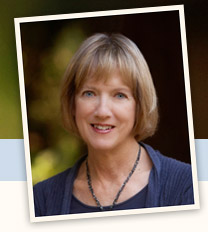In last week’s New
York Times, David Brooks broached the highly charged topic of welfare and
personal responsibility in an article entitled “The Character Factory.”
There are good reasons why politicians and pundits won’t
talk about this. In Brooks’ own words, “Nobody wants to be seen as blaming the
victim.” And, of course, there is no reason to believe that the poor have less
character than the rich.
A perceived lack of compassion for the poor is the biggest
obstacle facing the Republican Party and is probably the main reason
conservative doctrine has so little appeal for young people, women and
immigrants. Caring for the weak is the
most fundamental value of modern progressive political thought.
Brooks wades into this hazardous terrain with a simple
premise. He compares the way we interact
with the neediest segment of our population with the way we raise our own
children and grandchildren:
“Nearly every parent on earth operates on the assumption that
character matters a lot to the life outcomes of their children. Nearly every government antipoverty program
operates on the assumption that it doesn’t.”
Brooks goes on to tap into his considerable knowledge of
behavioral science to support the concept that the ability to delay
gratification, work hard and control impulsiveness is more important to later
achievement than pure cognitive skills.
It’s one thing to agree with this premise and to practice it
by means of the influence we have over the children in our own families. And quite another to assume there’s some way
such skills can be imposed by a government agency.
That said, the discussion of character building shouldn’t be
off limits in our political discourse.
Those of us who hope to improve our collective future by decreasing the
wealth gap and ensuring equal opportunity should not ignore the need for
strength of character, not only in our own offspring but throughout society.

